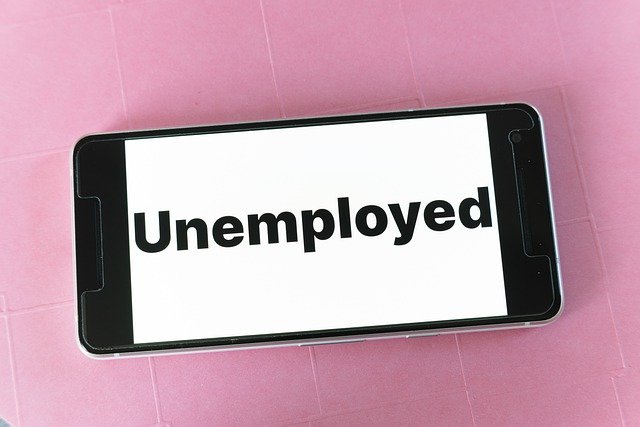The Problem with Unemployment & Vacancies
Image by Markus Winkler from Pixabay
As the COVID-19 pandemic lingers, the economy lags behind. The recovery has taken longer than some have expected, but it’s a result of these strange, trying times. The United States economy is at 93 percent of where it was in March of 2020. This is in part because there are still two million people who are unemployed. There are plenty of reasons why this is the case and why it’s a problem for the economy overall. To fully recover, people need to go back to work and the vacancies in businesses need to be filled. While it’s completely within reach, there are some obstacles to be overcome.
Why Are So Many People Still Unemployed?
After the initial lockdowns in March of 2020, a record 23 million people filed for unemployment. People lost their businesses and positions for good. Some have chosen to change careers. Others are still looking for a new job in the same field. But one of the main reasons that there are still over two million people unemployed is that two-thirds of the people who filed claims were receiving more money through unemployment checks than they were at their jobs. This has not only provided little to no incentive to get back to work, many of these people have chosen to stay unemployed to get the most out of their benefits. Still, many of the unemployment claims run out in September, which will lead to a large number of people looking for work at the same time. While there are millions still unemployed, new workers have joined them.
College Graduates & Job Market Competition
As of May 2021, around half of the college graduates who graduated in 2020 were still looking for work. Then, months later the graduates from 2021 joined them. Not only are there over two million people who will be going back to work, there are thousands of fresh-faced and motivated graduates who will work for less to gain experience. This will create a more competitive job market. Wages will likely go down. Companies will have higher standards for the candidates they are looking to hire. Most businesses will at least run a fast background check to determine if the candidates are being honest and trustworthy about their criminal history, employment, education, and other life details. If you’re coming off of unemployment checks and are heading back into the market, be prepared to be competing with some younger people who will work for less.
Vacancies
With so many people available to work, you would think that there wouldn’t be vacancies. Yet there are. Mainly in the customer service and retail industries, these businesses are experiencing labor shortages and need people to work for them. While it’s clear that the pandemic and unemployment benefits have provided time for people to think about their lives and what they want to do with them, many workers don’t want to go back to their customer service jobs. Still, someone needs to fill these vacancies, which brings up the transition. The sooner more people go back to work, the more difficult it will be to get the job that you desire. If you’re trying to change your career and move on to bigger and better things, there’s no reason you should be waiting to look for a job.
Companies vs. Employees
With millions of people waiting to go back to work and companies needing employees, they will have to meet in the middle. That’s perhaps the biggest obstacle to the growth of the economy. When people get back to work and businesses of all kinds can get back on track, the economy will recover. Still, we’re 7 percent away from being where we were in March of 2020—18 months ago—the work isn’t finished. To avoid economic fallout, the economy will need to continue to grow. The middle class will need to thrive once again. For companies, risk assessment might be a good idea. However you look at it, businesses and job candidates will have to come together.
While 23 million people filed unemployment in 2020, more than 20 million of them are back to work. It is inevitable that our economy recovers and that we move on from the lockdowns and obstacles. So, what are we waiting for? Let’s get back to it.

